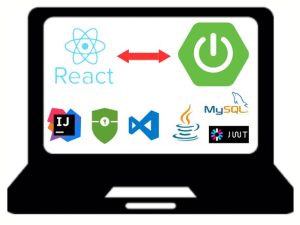Databases or relational database systems have always been a subject with a “steep learning curve”. Students tend to find it challenging, and learning takes much more effort than other subjects.
To my surprise, I am one of many people who have observed this trend. There is, in fact, a small niche of research papers written on this topic.
So why is it so challenging? When I think of how we might overcome some challenges when learning databases instantly, I think of one fact that remains true, which goes back to even when I started learning database systems. There needed to be more examples or actual database design in practice.
This course aims to help support anyone starting their journey into relational database systems by establishing underpinning skills and concepts of database and database design by working through practical scenario reasoning and providing the rationale to design decisions. Nothing beats experience in most subjects. That is amplified in the realms of relational database development. With the knowledge and experience gained in the course in hand, I hope that on completion of this course, it will provide the scaffolding, underpinning knowledge to support your endeavours in the world of relational database development.
Introduction
Relational Database Underpinning Knowledge
Stage 1: Project Initiation
Stage 2: Establishing Entities and Attributes
Stage 3: Refining the Table Structures
Stage 4: Establishing Keys
Stage 5: Dependency
Stage 6: Establishing Table Relationships
Stage 7: Normalization 3NF
Stage 8: Expanding the Database Design
Productivity Hacks to Get More Done in 2018
— 28 February 2017
- Facebook News Feed Eradicator (free chrome extension) Stay focused by removing your Facebook newsfeed and replacing it with an inspirational quote. Disable the tool anytime you want to see what friends are up to!
- Hide My Inbox (free chrome extension for Gmail) Stay focused by hiding your inbox. Click "show your inbox" at a scheduled time and batch processs everything one go.
- Habitica (free mobile + web app) Gamify your to do list. Treat your life like a game and earn gold goins for getting stuff done!









